#Post-processing
Explore tagged Tumblr posts
Text
Is processing cheating?
“The camera cannot lie.” When photography was in its infancy, this was often said in magazines and elsewhere. But is it true? And what role does processing take in this? What is purity? There is this almost purist sort of bent among some photographers, where the general belief is that film is somehow more truthful, and that processing a digital image is somehow more deceitful. Several years…

View On WordPress
#Ansel Adams#astroscape#Gustave Le Gray#HDR#long exposure#night photography#night sky#post-processing#processing
2 notes
·
View notes
Text



















ARCANE LEAGUE OF LESBIANS: 2x08 - “Killing is a Cycle”
#I MADE A PROMISE YEARS AGO AND OFC I WILL DELIVER and I WILL make a better version next time for now enjoy it in its original quality#arcane#arcaneedit#wlwedit#caitvi#piltover's finest#arcane league of legends#league of legends arcane#vi#vi arcane#caitlyn kiramman#type: gif#media: arcane#league of legends#arcane season 2 spoilers#arcane s2#arcane season 2#caitlyn x vi#vi x caitlyn#also i want to complain WHY DID IT HAVE TO BE SO DARK....... i havent fully post processed this so i'll just make a better version next tim#im going to reserve more yapping to friends but anyways enjoy#s2 ep8
44K notes
·
View notes
Text













Finally now that the comic is fully public on comicfury, I get to share it with all of you here, too <3
If you enjoyed, please consider supporting by buying a PDF of the comic on itch.io: https://tawnysoup.itch.io/home-in-the-woods
#I'd rather not clutter the caption so I'll ramble a little in the tags#HitW is short but special to me as it represents and encapsulates some hard life experiences I was going through at the time of its creatio#Ofc in a more metaphorical manner! but. I have been very much enjoying reading people's comments and speculation as its been posting#the interpretations are so meaningful and varied and i love that and really want to encourage anyone to reflect on what it means to them#for me making this comic was a way to process and move past trauma. i feel like it ends anti-climactically but i wanted to be true to#where i thought things were actually going in my life moreso than to veer towards impact. ultimately im glad i managed to finish it#and for it to finish going public right before the new year? maybe i can see this as shedding that old pain in time to become something new#so thank you for reading for supporting and for still being here. lets wake up to 2025 with wind in our sails#Home in the Woods#my art#my comics#original comic#cw guns#cw blood#cw body horror
28K notes
·
View notes
Text
my snowflake opinion is that subtitles should always be on by default, and their incorporation should be considered an essential part of the design process tbh
#vasira rambles#“i don't like subtitles cuz it spoils what's happening” skill issue tbh#but also if subtitles were more considered in the design process and less added in post haphazardly that would likely resolve that issue#a girlie can dream
33K notes
·
View notes
Text
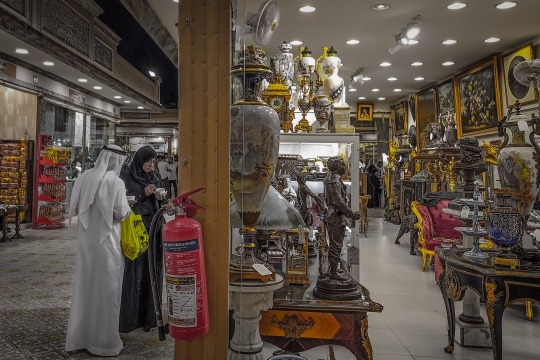
© Paolo Dala
The Fire Extinguisher In The Room
Let's address the fire extinguisher in the room. When I was shooting this photo at the Global Village in Dubai, I was irritated with the fire extinguisher. It was the only thing that was out of place it this photo. It was ruining the composition...
Adobe Lightroom's current AI tool would have easily removed this easily and I really wanted to use this here... But a thought came to me when I was about to do it. I don't want to be known as a photographer who remove items in photos. I can only go as far as light adjustments when post-processing photos. I want to maintain my photographs' integrity.
So I left the fire extinguisher alone... I see it as composition Wabi-Sabi, beauty in imperfection.
#Wabi-Sabi#Composition#People#Photography#Post-processing#Adobe Lightroom#Global Village#Dubai#United Arab Emirates
0 notes
Text

#i’ve been thinking abt that cringe post#i think the latent feelings behind ‘cringe’ are shame and sometimes envy/bitterness#same vibes as when six year olds say ‘those toys are for babies’ if they’ve been shamed for their age by older kids#anyway. i think part of the healing process is realizing that shame puts you at war with yourself bc part of yourself is a social being!#and that part of you wants community and acceptance (maybe love). shame is the absence of acceptance#unlearning shame means learning self-love and gaining the confidence to find your people#jerma#cw jerma#(someone asked me to tag lol)
58K notes
·
View notes
Text
there is a crazy (in a positive way) dude on twitter who takes photos of athletes from different sports and finds them an art piece that fits exactly with the photo and the PRECISION he does it is amazing


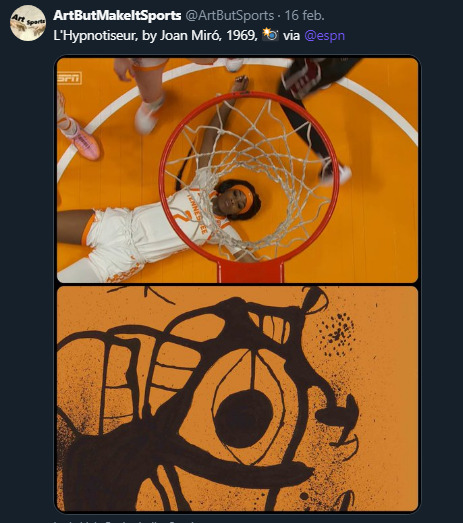

25K notes
·
View notes
Text
So, my spouse has been exploring his gender lately; he also just built himself a new laptop. Today he told me that he in an attempt to process some genderfeels through metaphor, he made a post on a trans forum along the lines of: "I'm a lifelong Windows user and I think I'm pretty good at it. I want to find out what Linux has to offer but I'm afraid I wouldn't be any good at it. And how do you choose the right Linux distro, anyway? Do you have to try them all?"
The responses, he said, were a mix of useful advice about feeling out your gender and useful advice about choosing a Linux distro.
I love trans people so much
Edit 4/8, in case you don't see the reblogged additions -- my wife is now going by Eve!
#and i love my nerdy-ass spouse#sticking with he/him pronouns unless/until he says otherwise#also: so glad that my own gender process played out in front of him and that he's now comfortable figuring his out in front of me#trans tag#my posts#linux#trans
37K notes
·
View notes
Text
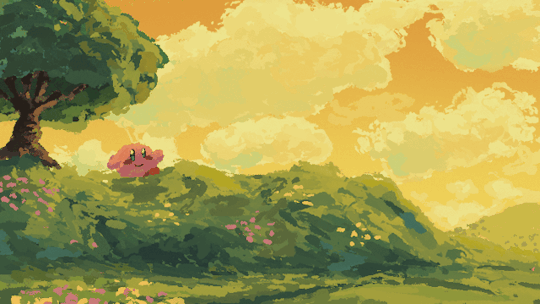
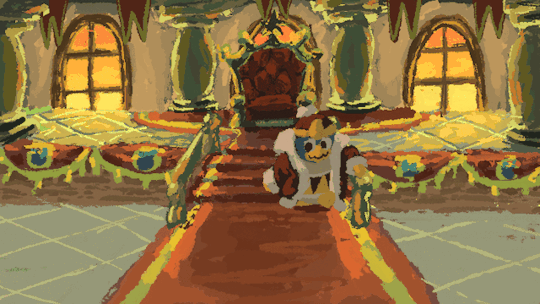
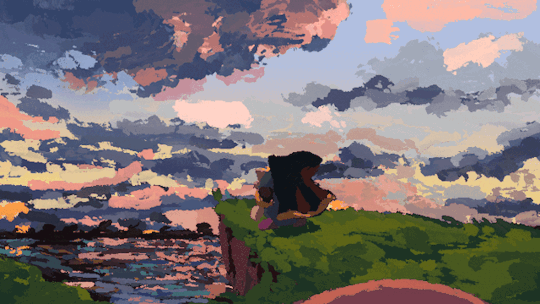

haii👋
#kirby#meta knight#king dedede#bandana dee#bandana waddle dee#animation#fanart#gif#this is a remake of an old animation i didn’t finish - might post about the process for this
17K notes
·
View notes
Text
1K GIGI Prompts Collections 'Poppy Field: Vibrant Impressionism in Red and Blue' 5791 Free 10 pages out of 1000 pages
Get Free 10 pages MTMEVE00551G_51_0001 – 1K GIGI Prompts Collections – Poppy Field, Vibrant Impressionism in Red and Blue 5791 10PagesDownload 1K GIGI Prompts Collections ‘Poppy Field: Vibrant Impressionism in Red and Blue’ 5791 series provides two documents, one document is 10 pages of prompts in 1000 pages, available for free download. One document is the complete 1000 pages of prompts, this…
#dark background#detailed flowers#digital artwork#high contrast#impressionism#pattern arrangement#photo#post-processing#realistic#soft petals#vibrant red
0 notes
Note
I'm happy to give you some feedback, I just wanted to ask if there was a specific reason you did not do any post processing. No judgment or anything, but the reason could help me give you better advice.
The easiest answer is... I don't know where to start. I have NX Studio, and know how to fix the obvious problems like a lopsided image or obviously over or under exposed. But one that looks... okay? I'm lost.
1 note
·
View note
Text
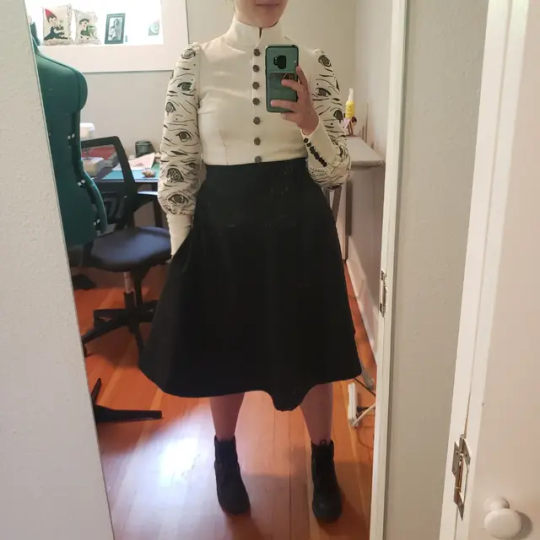
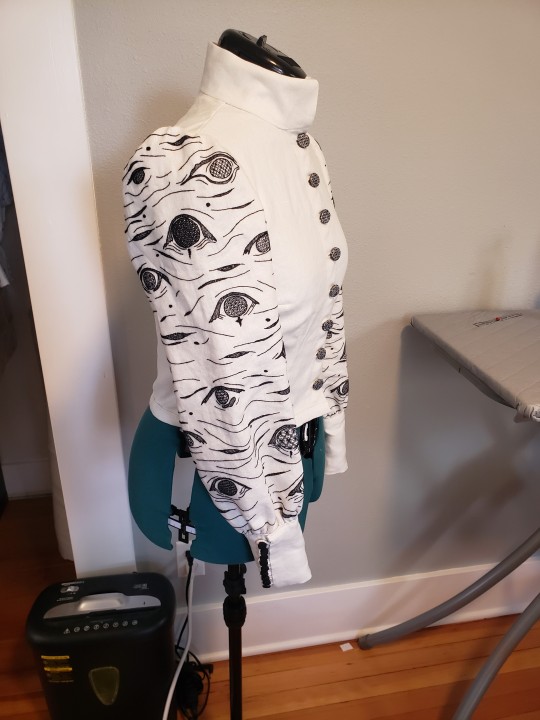
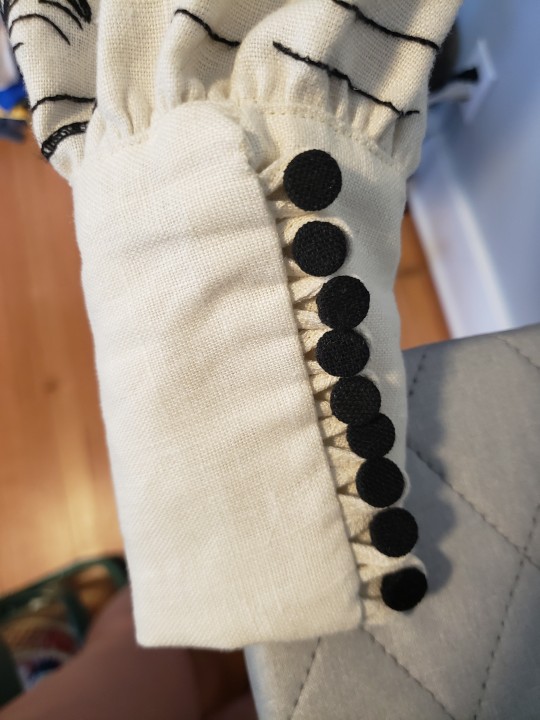
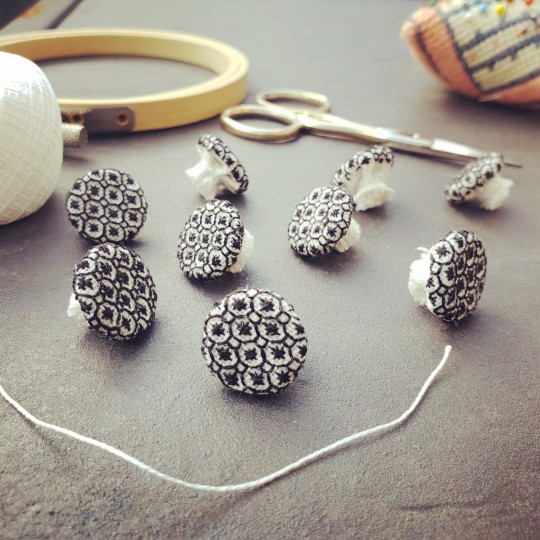
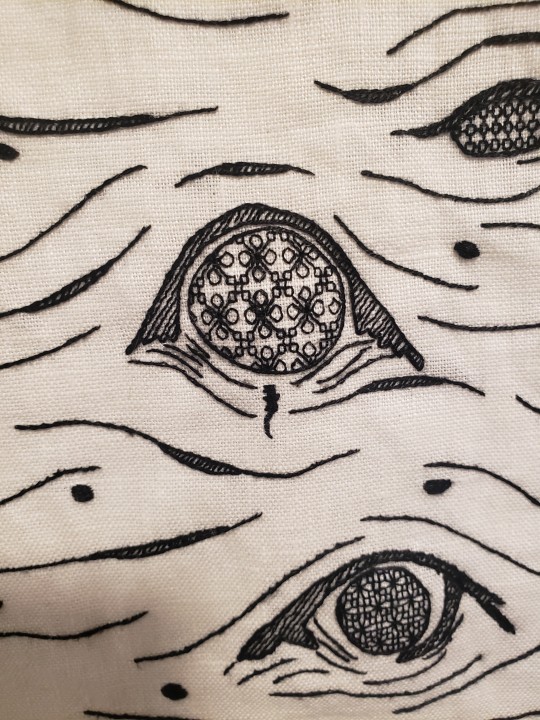
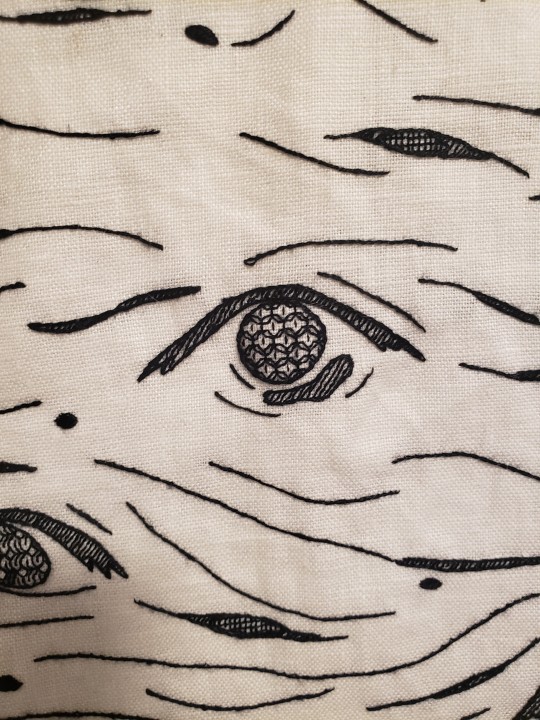
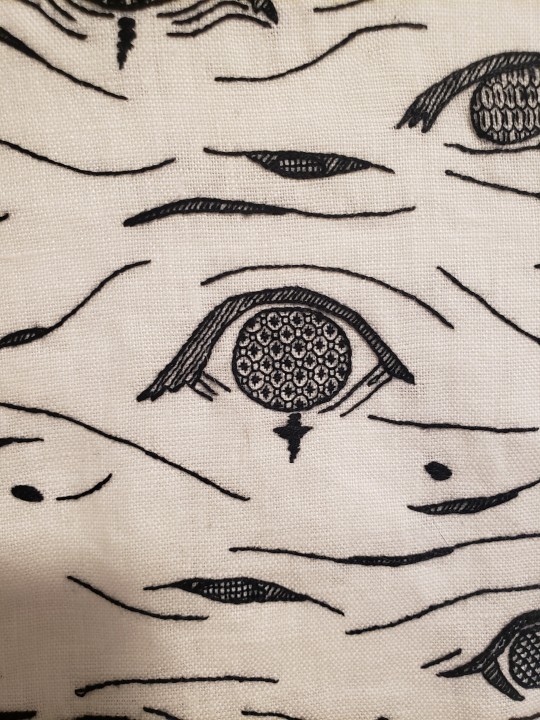

Hand embroidered, self drafted, birch tree inspired buttonup shirt.
#will reblog with process#hand embroidery#embroidery#blackwork#blackwork embroidery#sewing#sewblr#self drafted#history bounding#birch trees#fiber arts#crafting#my post#finished project
12K notes
·
View notes
Text
Post-Processing Techniques
The Digital Darkroom Demystified Ah, post-processing, the magical realm where good photos go to become great, and the ‘meh’ ones get a shot at redemption. It’s like a fairy godmother for your images, but instead of a wand, she wields a mouse. The Basics: Cropping, Healing, and Adjusting First things first, let’s crop out the photo bombers and that pesky finger over the lens. Cropping can help…

View On WordPress
#adjustments#cropping#exporting#filters#healing tool#layers#masks#post-processing#presets#retouching
0 notes
Text
TEFUGEN: Redefining Engineering Excellence through Finite Element Analysis

WHY USE FEA IN YOUR ENGINEERING PROJECTS?
At the forefront of engineering excellence, TEFUGEN offers exceptional Finite Element Analysis (FEA) services in India. Utilizing FEA yields unparalleled benefits, offering profound insights into your project's performance prior to physical model construction. It aids in pinpointing stress points, identifying potential weaknesses, and assessing material durability under diverse conditions, effectively mitigating the risk of failure and associated costs. With its ability to conduct precise simulations, FEA empowers informed decision-making in design modifications, guaranteeing optimal performance and safety.
Structural Integrity Assessment:
In engineering, FEA, an indispensable method, meticulously assesses structural integrity by simulating material responses to diverse conditions. This predictive analysis is pivotal for guaranteeing the safety and reliability of designs. TEFUGEN, as a FEA consulting service in India, provides expert assistance, enabling engineers to identify potential weaknesses and optimize for durability.
Thermal stress analysis:
FEA analysis services play a key role in assessing heat distribution within structures or components. Engineers leverage this analysis to model and analyze thermal behavior meticulously. By doing so, they optimize designs for efficient heat dissipation or retention, ensuring the performance and reliability of the system. This detailed analysis enables engineers to make informed decisions regarding material selection, insulation, or heat management strategies, ultimately enhancing overall system efficiency and longevity.
Mechanical Component Design:
FE Analysis plays a crucial role in optimizing mechanical component design by accurately predicting stress, strain, and deformation. This ensures components can effectively withstand operational loads while minimizing material usage, thereby enhancing efficiency and cost-effectiveness.
Fatigue Analysis:
Engineers use FEA for fatigue analysis, predicting the lifespan of components subjected to cyclic loading. This is crucial in industries like aerospace and automotive, where understanding material fatigue is paramount.
Fluid Structure Interaction:
Fluid Structure Interaction (FSI) is a crucial aspect of FE Analysis, examining the dynamic interaction between fluids and structures. By simulating how fluids affect nearby structures and vice versa, FSI enables engineers to optimize designs for enhanced performance and durability across various industries.
Modal analysis Modal analysis using FEA techniques enables the simulation of eigenfrequencies and eigenmodes, revealing the vibrational characteristics of a structure. Meanwhile, harmonic analysis facilitates the emulation of peak responses to specific loads, offering insights into system behavior. These analyses are indispensable tools for understanding structural dynamics and optimizing performance.
Motion study Unlocking insights into structural behavior through Finite Element Analysis (FEA) motion studies. Discover the intricate dynamics of systems, optimize designs, and ensure structural resilience with FEA motion analysis.
#Finite Element Analysis Consulting Services in India#FEA Analysis Services#FEA Consulting Engineers#FEA Consultants in Trichy#FEA#Finite Element Method#Structural Analysis#Stress Analysis#Static Analysis#Dynamic Analysis#Thermal Analysis#Fluid Flow Analysis#Vibration Analysis#Fatigue Analysis#Buckling Analysis#Modal Analysis#Meshing#Boundary Conditions#Material Properties#Convergence#Post-processing#Optimisation#Mesh Generation#Simulation Software
0 notes
Text

pov: u want to order a drink but this guy keeps sprawling across the entire bar and chatting up divorcées, wyd
+ bonus: just checking

#good omens#go fanart#crowley#anthony j crowley#cleaned up my first ever crowley from back in february tehee#i still dont know how i want to draw him but we're slowly getting there! ;w;#i actually dont like this drawing but WHATEVER lets just get him out of the system!!!#the process was fun and i want to get into the habit of just posting shit so *clenches teeth*#actually i think this blog is gonna be my gomens scrapbook and cringe therapy#set me free you saucy little devil#angelcake
3K notes
·
View notes
Text
the rich =/= someone who has something I can't afford :(
the rich = the fucking rich
#LORD#jack facts#the damn things are truly overlapping today huh#christ#soc#reading process#i do not vague my post at you sir; but i vague my post sir
10K notes
·
View notes